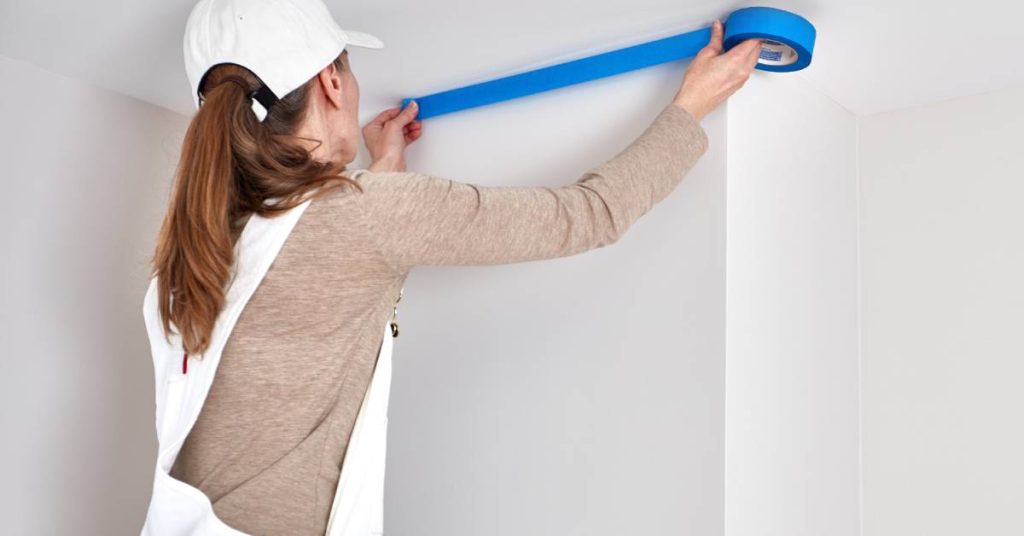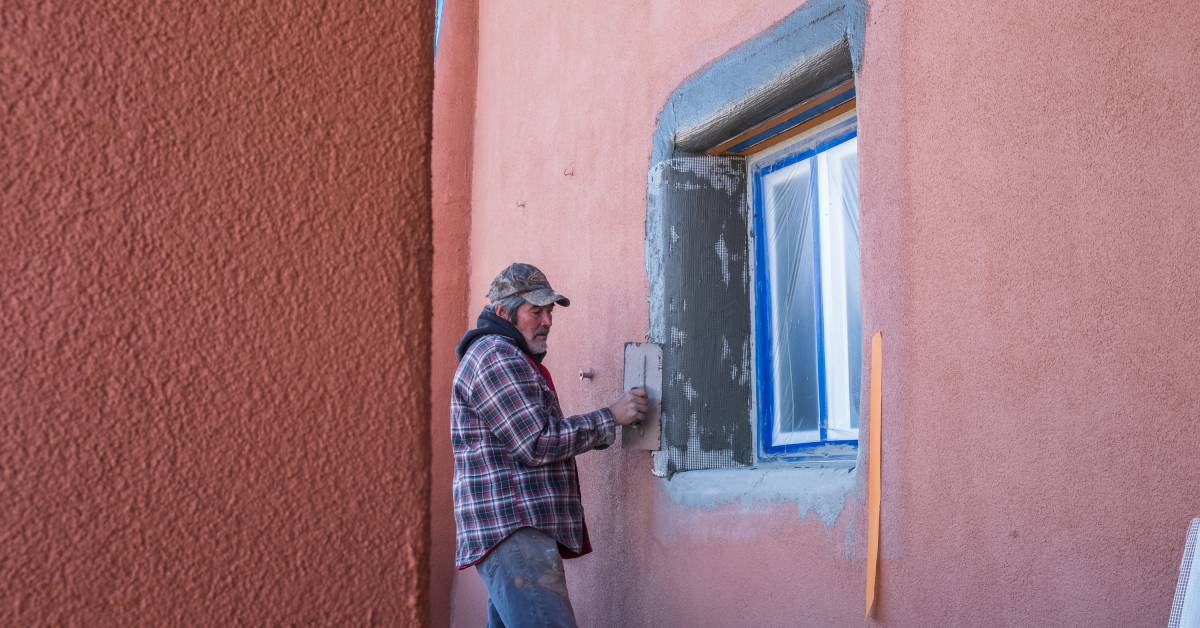Elastomeric paint is a highly versatile and popular choice for protecting and enhancing the appearance of stucco surfaces. Its unique properties, such as flexibility, durability, and long-lasting performance, make it ideal for surfaces that may expand and contract due to weather changes.
However, achieving the best results with elastomeric paint requires knowing the right techniques. Without proper preparation and application, you risk an uneven finish or reduced effectiveness over time. You must how to properly apply elastomeric paint on stucco surfaces to achieve a professional-grade finish that looks great and protects your stucco for years to come.
Prepare the Stucco Surface
Preparation is the foundation of a successful paint job, and elastomeric paint is no exception. Before you begin, take the time to clean your stucco surface thoroughly by removing dirt, dust, debris, algae, or any loose particles that could interfere with adhesion. Use a pressure washer or a stiff-bristle brush with detergent to ensure the surface is completely clean.
Additionally, inspect the stucco for any cracks, chips, or damage. Repair these areas with a stucco patching compound, and allow it to dry before moving forward. Preparing your surface will help the elastomeric paint adhere better and provide a smoother, more durable finish.

Protect Surrounding Areas
Elastomeric paint is thicker than traditional paint and can be difficult to remove once it dries. To avoid stains or damage, take the time to protect surrounding areas, such as windows, doors, landscaping, and walkways. Use painter’s tape to cover edges and corners, and lay down drop cloths to catch drips or spills. This extra step will save you a lot of cleanup time and ensure a neat, professional-looking result.
Choose the Right Tools
Using the right tools is essential for applying elastomeric paint effectively. Since the paint is much thicker than regular paint, you’ll need a high-quality brush or roller designed for heavy-bodied coatings. Look for rollers with a thick nap (3/4 inch or more) to cover the textured surface of stucco properly. If using a sprayer, make sure it can handle thick paints and has a nozzle that won’t clog.
Dilute the Paint
This consistency of elastomeric paint is great for filling small cracks and providing superior coverage. However, if you’re planning to use a sprayer, dilution is key to preventing clogs and ensuring an even application. Add a small amount of water—typically no more than 5 to 10 percent by volume—and mix thoroughly. This step will make the paint easier to work with but durable enough to protect your property.
Apply Primer
Primer acts as a bonding agent between the stucco surface and the elastomeric paint, improving adhesion and creating a more uniform finish. It’s especially important if your stucco is new, previously unpainted, or has been heavily repaired. Choose a primer that is meant for use with elastomeric paint and stucco surfaces. Then, apply a thin, even coat of primer, and allow it to dry completely before moving on to the paint. Skipping this step could result in peeling or uneven coverage down the line.
Mix Thoroughly
Elastomeric paint contains special additives that give it flexibility and water resistance. These components can settle during storage, so it’s crucial to mix the paint thoroughly before application. Use a stir stick for smaller cans or a power mixer for larger quantities. Make sure the paint is fully blended to guarantee consistency and a smooth finish. Proper mixing will also help prevent uneven texture or color variation on your stucco surface.
Apply in Thin Coats
Elastomeric paint is known for its thickness, but resist the temptation to apply it in thick layers. While thicker coats might seem like they would offer extra protection, they can actually lead to problems over time, such as cracking or peeling as the paint cures. Thin, even coats help the paint adhere properly to the surface and maintain its flexibility, which is essential for accommodating the natural expansion and contraction of stucco.
To achieve this, use steady, consistent strokes, and be mindful not to overload your brush or roller with too much paint. This approach makes it easy for you to properly build up the layers, resulting in a more durable finish.
Allow Proper Drying Time
Patience is key when working with elastomeric paint, as its thicker, more durable formula requires longer drying times than traditional paints. Skipping or rushing the drying process can lead to poor adhesion or trapped moisture, which can compromise the paint’s performance over time.
Always check the manufacturer’s recommendations for drying times between coats, which typically range from 24 to 48 hours depending on environmental conditions like temperature and humidity. For example, cooler or more humid weather may extend the drying time. Making sure that each coat is completely dry before applying the next one is critical to achieving a strong, long-lasting finish.
Apply Multiple Coats
For the best results and maximum protection, apply elastomeric paint in multiple thin coats—usually at least two, but you can apply more if needed. Each coat builds on the strength of the previous layer, creating a thicker, more effective barrier that protects your stucco from moisture, damaging UV rays, and temperature fluctuations.
The first coat serves as a primer, sealing the surface and preparing it for additional layers. Subsequent coats boost the protection and guarantee complete coverage. Remember to let each coat dry fully before applying the next to avoid problems like peeling or bubbling. A proper multi-coat finish will extend the life of your stucco and keep your home looking fresh.

Regular Maintenance
Even the most professional paint job requires ongoing care to maintain its appearance and performance. To keep your stucco looking great, inspect the surface periodically for signs of wear, damage, or cracks. Addressing these issues as soon as they arise will help you avoid more extensive repairs down the line.
In areas where the paint is thin or cracked, reapply a fresh coat of elastomeric paint to restore its protective barrier. Regular maintenance will help you maximize your investment in elastomeric paint while preserving your home’s curb appeal and protecting it from the elements.
Properly applying elastomeric paint on stucco isn’t difficult, but it does require careful preparation, the right tools, and attention to detail. When you follow these steps and use elastomeric paint from Stuc-O-Flex International, you can protect your stucco and boost its appearance for years. Whether you’re tackling the project yourself or working with professionals, these tips will help you be successful every time.


Leave a Reply